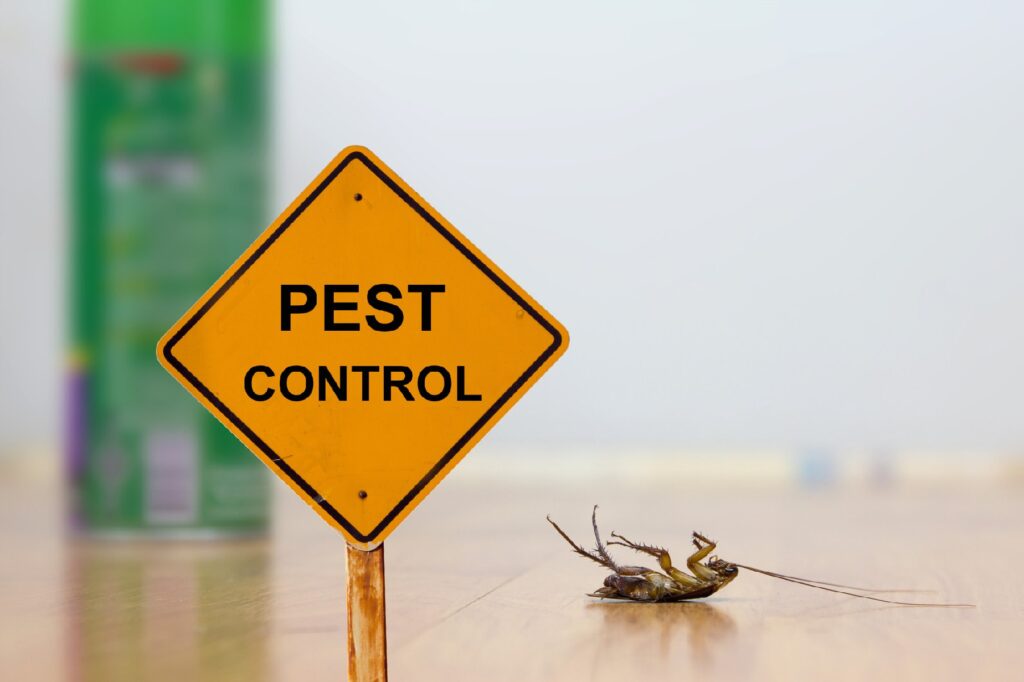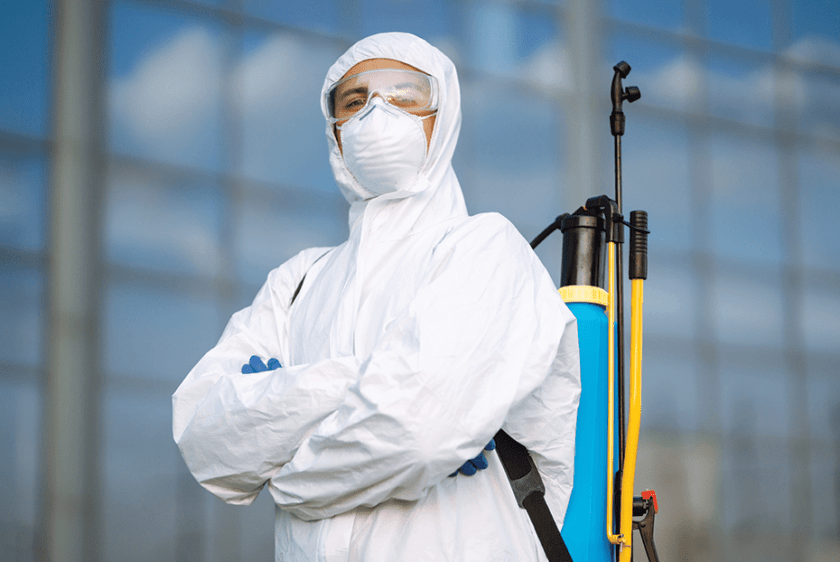How Pest Control Lockhart Can Remove Pests from Your Property
Checking Out Problem and Therapy Techniques worldwide of Parasite Control
The landscape of parasite control incorporates a myriad of difficulties, particularly as invasions of typical household bugs proceed to evolve. By integrating preventative procedures with innovative administration strategies, such as Integrated Bug Management (IPM), homeowners can better protect their atmospheres.

Common House Vermin
When it pertains to managing our space, understanding usual house pests is important. These pests not just interrupt our comfort but can also present health threats and damage building. The most prevalent home pests consist of ants, cockroaches, rodents, termites, and bed pests.
Ants, often seen foraging in cooking areas, can infect food and establish big colonies. Rodents, including mice and rats, can cause architectural damage and lug diseases like hantavirus and salmonella.
Recognizing the indications of these insects, such as droppings, nests, or attack marks, is necessary for early intervention (Pest Control Lockhart). Correct hygiene methods, sealing access factors, and preserving a clutter-free atmosphere are efficient preventative steps. By identifying these typical home bugs and comprehending their actions, homeowners can take aggressive steps to minimize problems, making sure a healthier living environment
Recognizing Bug Infestations
Insect infestations can escalate quickly, turning a small annoyance right into a considerable issue if not dealt with quickly. Recognizing the nature of these invasions is crucial for effective monitoring. Bugs can attack household and industrial spaces for different reasons, consisting of the search for food, shelter, or breeding grounds. Typical aspects adding to invasions consist of bad cleanliness, structural vulnerabilities, and seasonal modifications that drive pests indoors.
Determining the kind of parasite is essential, as various varieties show diverse actions and reproductive prices. Rats may establish nests in covert areas while bugs like roaches grow in moist environments. Early detection often pivots on identifying signs such as droppings, nibble marks, or uncommon audios, which can show a problem before it ends up being extreme.
Environmental problems also play an essential duty in bug proliferation. Cozy, moist climates can help with the rapid growth of parasite populations, while adjustments in landscaping or building can inadvertently develop favorable atmospheres. For that reason, regular examinations and preventative procedures are vital to reducing the risk of infestations. An enlightened strategy to recognizing these dynamics lays the foundation for efficient parasite monitoring techniques in the future.
Therapy Approaches and Strategies
Effective treatment techniques and strategies are essential for reducing bug problems and recovering a safe environment. A diverse technique is usually best, incorporating chemical, biological, and mechanical techniques tailored to the particular bug and the intensity of the problem.
Chemical therapies consist of making use of pesticides and herbicides, which can properly remove pests. Correct application and adherence to safety and security standards are critical to decrease threats to human beings and non-target microorganisms. Integrated Insect Administration (IPM) encourages the judicious usage of chemicals as a last option, counting rather on tracking and threshold degrees to establish treatment requirements.
Organic control techniques involve presenting natural killers or parasites to reduce bug populations. This strategy is progressively popular, especially in agricultural setups, as it promotes ecological sustainability.
Mechanical methods, such over here as catches and barriers, supply immediate remedy for pests without presenting chemicals. Options include sticky catches for insects or physical obstacles for rodents.
Eventually, the option of treatment method must consider the specific pest, the environment, and possible impacts on human health and wellness and environments. A balanced mix of these techniques can effectively take care of infestations while promoting lasting bug control services.
Precautionary Procedures for Residence
Proactively resolving insect concerns before they escalate is important for keeping a healthy home setting (Pest Control Lockhart). Executing efficient preventive measures can considerably minimize the chance of infestations, ultimately securing both your residential property and health

Appropriate landscape design additionally plays an essential role in prevention. Maintaining bushes and trees cut away from the home lowers the possibilities of parasites discovering their way inside your home. Ensure that drainage systems are working successfully to stop standing water, which can draw in insects and other insects.
Lastly, regular assessments are suggested. Consistently looking for signs of parasite activity permits early intervention. By taking on these preventive measures, homeowners can produce an environment that is less hospitable to bugs, thus improving their overall high quality of life and lowering the requirement for substantial insect control treatments.
Industrial Bug Control Methods
A detailed technique to commercial pest control is important for organizations intending to keep a safe and hygienic environment. Reliable methods involve a mix of routine evaluations, staff member training, and the implementation of Integrated Pest Management (IPM) techniques.
Regular assessments enable early discovery of pest activity, enabling for prompt intervention. Companies must create a routine timetable for these assessments, focusing on high-risk locations such as cooking areas, storage space rooms, and waste disposal sites. Worker training is just as crucial; staff needs to be educated on the signs of insect invasions and the value of reporting them immediately.
Executing IPM methods assists alleviate pest issues sustainably. This includes habitat modification, such as sealing entry points and decreasing clutter, as well as utilizing natural deterrents prior to considering chemical therapies.

In addition, teaming up with a qualified parasite control service provider guarantees access to expert expertise and innovative treatment choices. This partnership can lead to customized parasite control intends customized to the particular needs of the business, reducing dangers and enhancing overall efficiency. Inevitably, a positive and informed approach cultivates a pest-free atmosphere, protecting from this source both public health and organization track record.
Final Thought
In final thought, effective parasite control requires a comprehensive understanding of usual family pests and their actions, combined with targeted therapy techniques. Implementing preventative procedures alongside therapy techniques such as Integrated Parasite Administration and organic control improves the ability to alleviate infestations. Routine inspections and a mix of chemical and mechanical solutions additionally contribute to preserving pest-free environments. Eventually, a well-rounded technique to pest management is necessary for safeguarding living areas from undesirable trespassers.